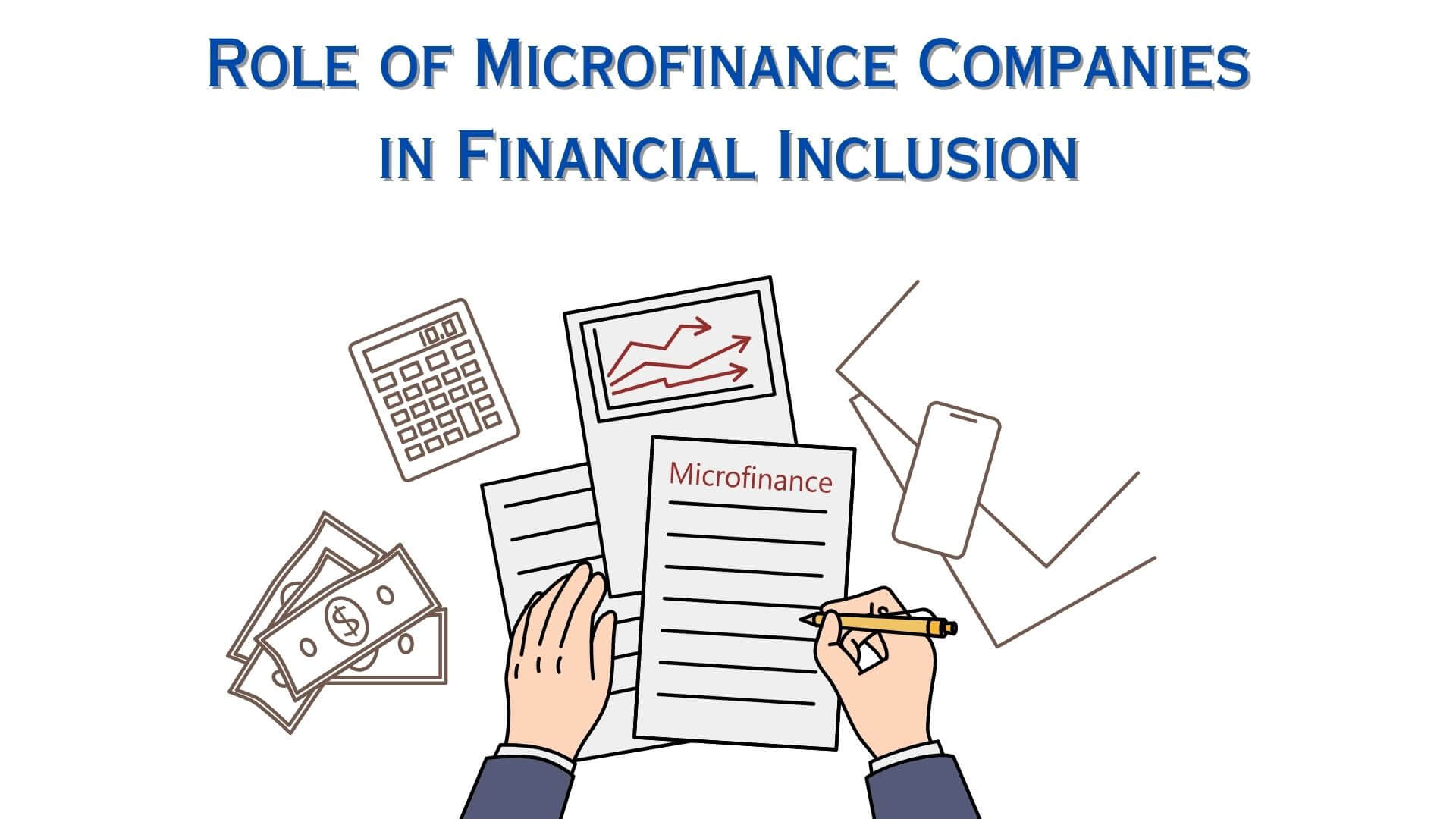Introduction:
Microfinance companies play a crucial role in fostering
financial inclusion by providing small-scale financial services to individuals,
particularly those in underserved and economically disadvantaged communities.
These institutions aim to empower people who may not have access to traditional
banking services, helping them break free from the cycle of poverty. This
article delves into the key aspects of microfinance companies, exploring their
functions, impact, and challenges.
Definition and
Purpose:
Microfinance refers to the provision of financial services,
such as small loans, savings accounts, and insurance, to individuals who lack
access to mainstream banking. Microfinance companies, also known as
microfinance institutions (MFIs), specialize in serving low-income clients,
often in rural or developing areas. The primary purpose is to offer financial
resources to those excluded from traditional banking, enabling them to start or
expand small businesses, invest in education, and improve their overall quality
of life.
Functions of
Microfinance Companies:
1. Microcredit:
Microfinance companies provide microcredit, which involves
offering small loans to individuals or groups who may not qualify for
traditional bank loans. These loans help entrepreneurs start or expand small
businesses, fostering economic growth at the grassroots level.
2. Savings and
Insurance:
Apart from credit services, microfinance institutions
encourage savings among their clients. They offer savings accounts and
micro-insurance products to help individuals build financial resilience in the
face of unexpected events, such as illness or natural disasters.
3. Financial Education:
Many microfinance companies go beyond providing financial
services by offering financial literacy programs. These programs educate
clients on budgeting, saving, and managing their finances, empowering them to
make informed decisions and break free from the cycle of poverty.
Impact of
Microfinance:
1. Poverty
Alleviation:
Microfinance has proven to be an effective tool for poverty
alleviation by providing financial resources to those who lack access to
traditional banking. Small loans empower individuals to generate income,
improve their living conditions, and create a path out of poverty.
2. Women Empowerment:
Microfinance programs often target women, recognizing the
transformative impact of empowering women in economically disadvantaged communities.
By providing financial resources and education, microfinance companies
contribute to women's economic independence and social empowerment.
3. Local Economic
Development:
The infusion of microfinance in local economies stimulates
growth by supporting small businesses and entrepreneurial ventures. This, in
turn, creates job opportunities and enhances overall economic development in
underserved regions.
Challenges:
1. Sustainability:
Microfinance companies face challenges in maintaining
financial sustainability while catering to a clientele with limited resources.
Balancing the social mission with financial viability is a constant challenge
for these institutions.
2. Interest Rates and
Regulation:
The interest rates charged by microfinance institutions have
been a subject of debate. Striking a balance between affordability for clients
and financial viability for the institution is crucial. Additionally, effective
regulation is necessary to ensure ethical practices and protect the interests
of borrowers.
3. Scale and
Outreach:
Expanding outreach to reach more individuals in need remains
a challenge for microfinance institutions. Achieving a balance between scaling
operations and maintaining personalized, community-based approaches is
essential.
Main Benefits of Microfinance
companies
Microfinance companies offer several significant benefits,
particularly for individuals and communities in underserved or economically
disadvantaged areas. Here are some of the main advantages of microfinance:
1. Financial
Inclusion:
One of the primary benefits of microfinance is its
contribution to financial inclusion. Microfinance companies provide financial
services to individuals who are excluded from traditional banking systems due
to factors such as low income, lack of collateral, or remote locations. By
extending credit, savings, and insurance to these individuals, microfinance
bridges the gap and brings them into the financial mainstream.
2. Poverty
Alleviation:
Microfinance plays a crucial role in poverty alleviation by
providing access to capital for individuals who aspire to start or expand small
businesses. The small loans offered by microfinance institutions empower
entrepreneurs to invest in income-generating activities, lifting them and their
families out of poverty.
3. Entrepreneurship
and Job Creation:
Microfinance supports entrepreneurship at the grassroots
level. By offering small loans to individuals to start or expand businesses,
microfinance contributes to the creation of small enterprises. This not only
enhances economic opportunities for the borrowers but also stimulates local
economies by generating employment opportunities.
4. Women's
Empowerment:
Microfinance programs often prioritize women as
beneficiaries. By providing financial resources and support, microfinance
empowers women to become financially independent, start their own businesses,
and actively participate in economic activities. This, in turn, has positive ripple
effects on the well-being of families and communities.
5. Community
Development:
Microfinance has the potential to foster community
development by strengthening local economies. As individuals access financial
services, they contribute to the overall economic development of their
communities. This can lead to improved infrastructure, better education, and
enhanced healthcare facilities.
6. Financial
Education and Literacy:
Microfinance institutions often go beyond providing
financial services by offering financial education programs. These programs
equip clients with the knowledge and skills needed to manage their finances
effectively. Improved financial literacy enhances the long-term impact of
microfinance by promoting responsible financial behavior among clients.
7. Flexible and
Client-Centric Approach:
Microfinance companies typically adopt a client-centric
approach, understanding the unique needs and challenges of their target
demographic. The flexibility in loan structures, repayment terms, and other
financial services allows microfinance institutions to cater to the specific
requirements of their clients, fostering a more inclusive and supportive
financial ecosystem.
8. Community
Cohesion:
The community-based nature of microfinance fosters a sense
of cohesion and collaboration among borrowers. Group lending models, where
individuals collectively guarantee each other's loans, create a supportive
environment and encourage collaboration, contributing to the social fabric of
communities.
While microfinance offers these significant benefits, it's
important to acknowledge that challenges and criticisms exist, such as issues
related to interest rates, sustainability, and the potential for
over-indebtedness. However, when implemented effectively and responsibly,
microfinance can be a powerful tool for economic and social development at the
grassroots level.
Conclusion:
Microfinance companies play a pivotal role in promoting
financial inclusion and uplifting communities that have traditionally been
excluded from mainstream banking. By offering a range of financial services and
fostering financial literacy, these institutions contribute significantly to
poverty alleviation, women's empowerment, and local economic development. While
facing challenges, the impact of microfinance on the lives of individuals and
communities cannot be overstated, highlighting the importance of continued
support and innovation in the microfinance sector.

